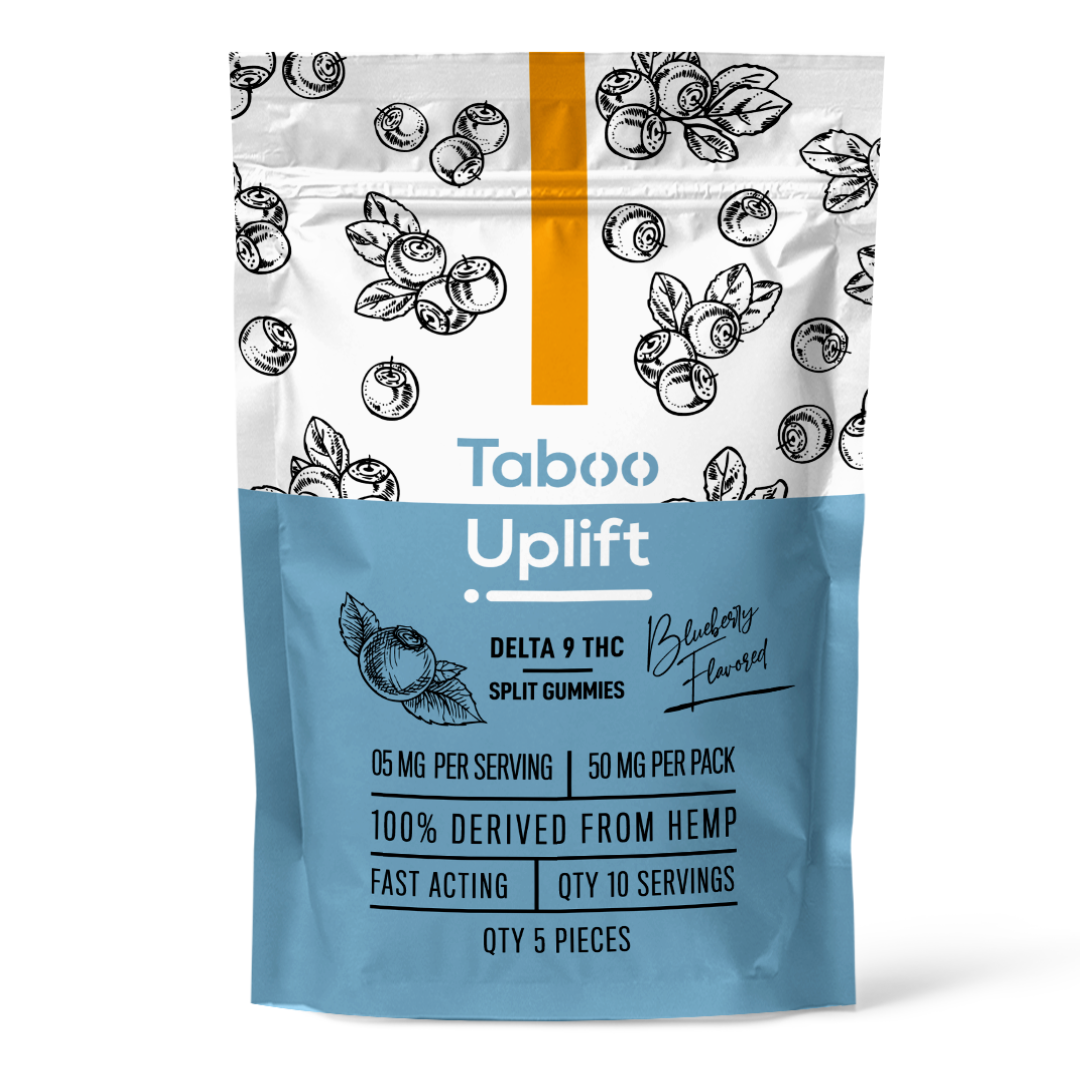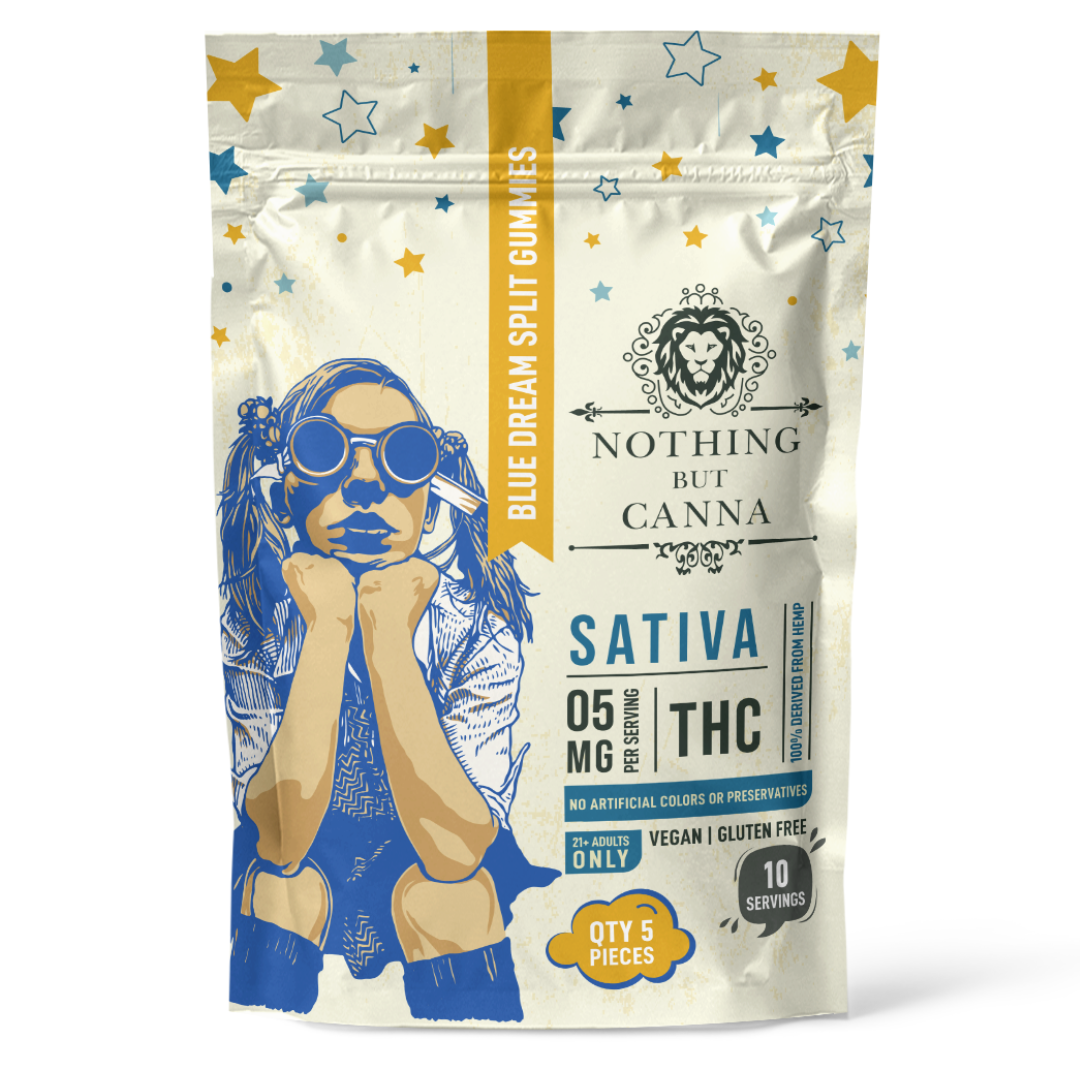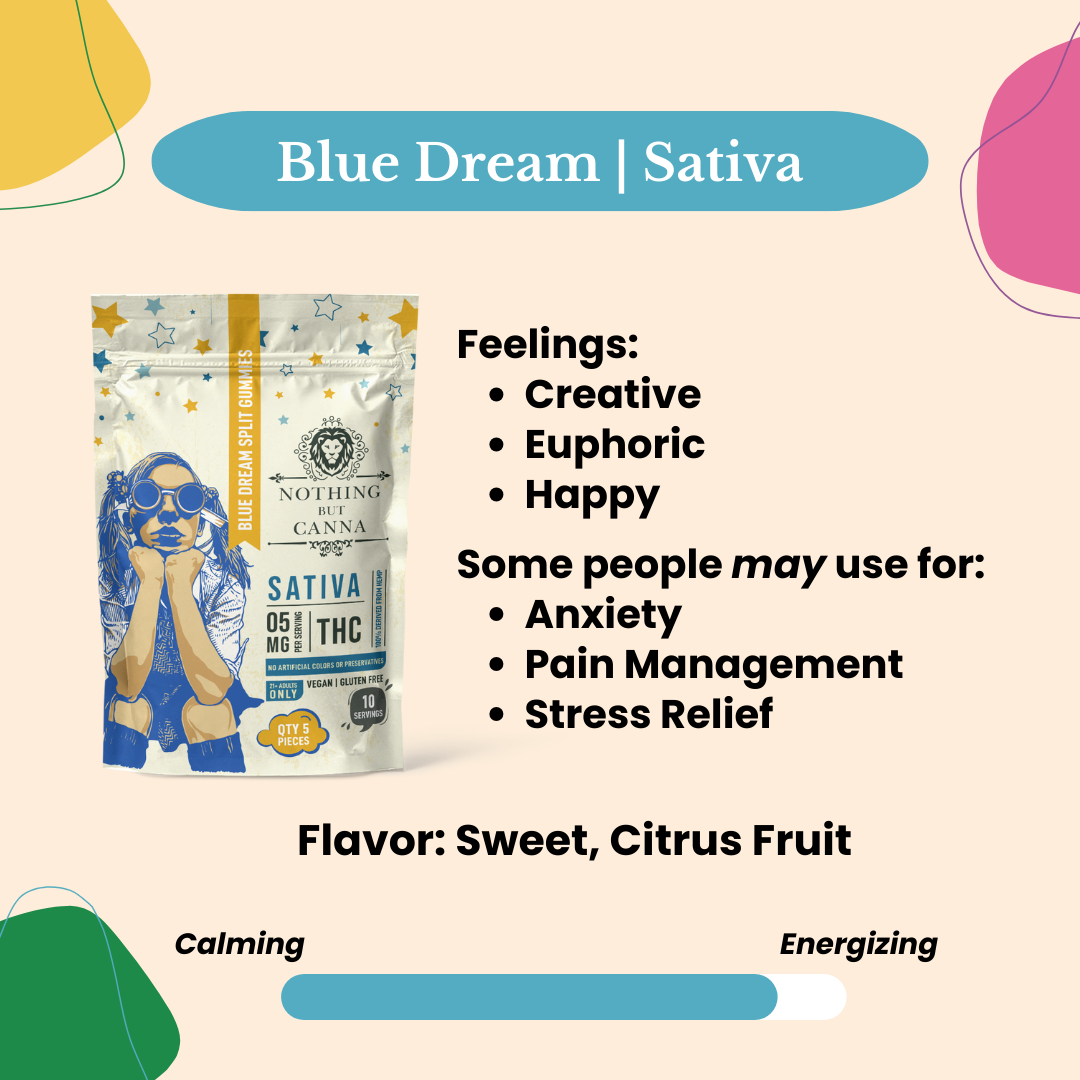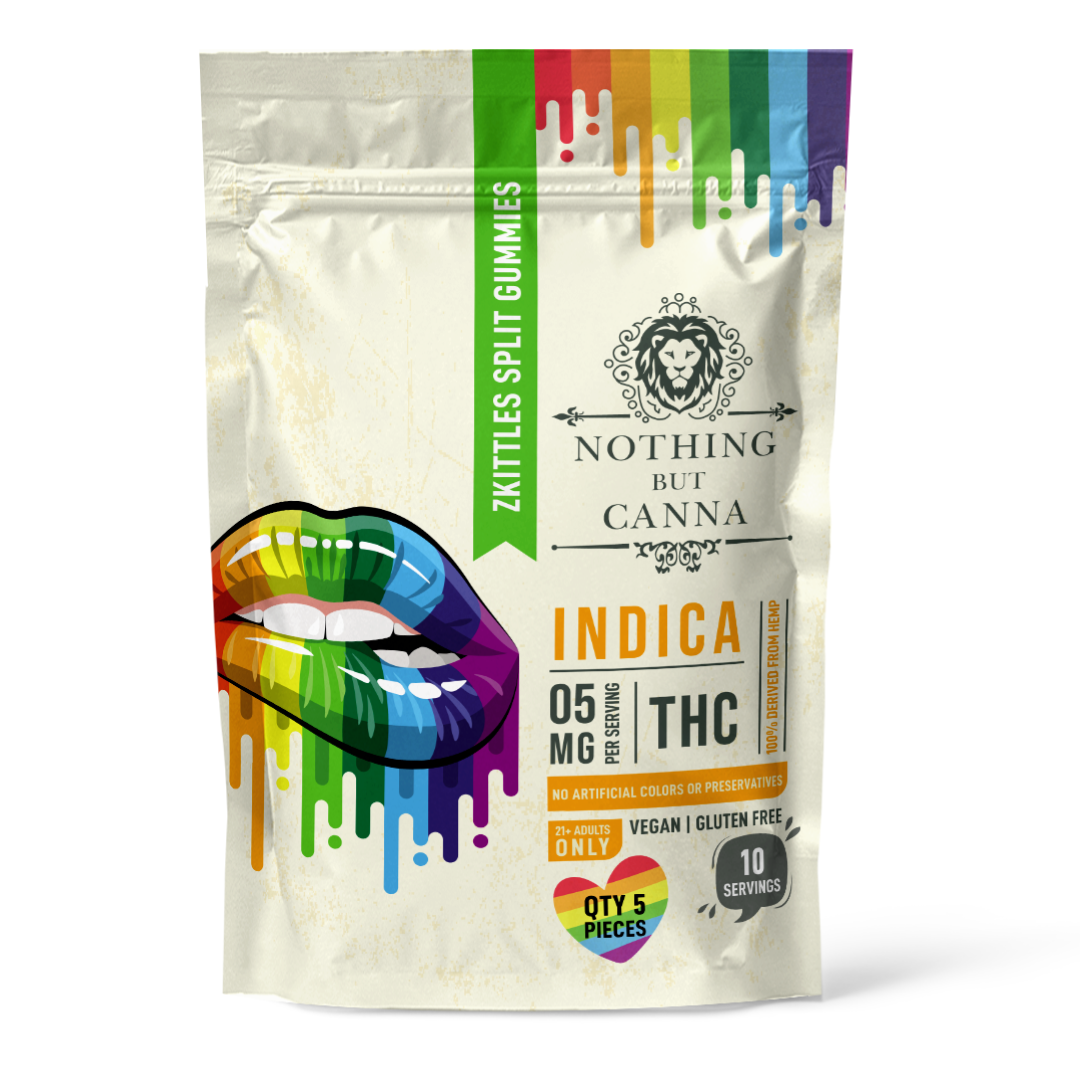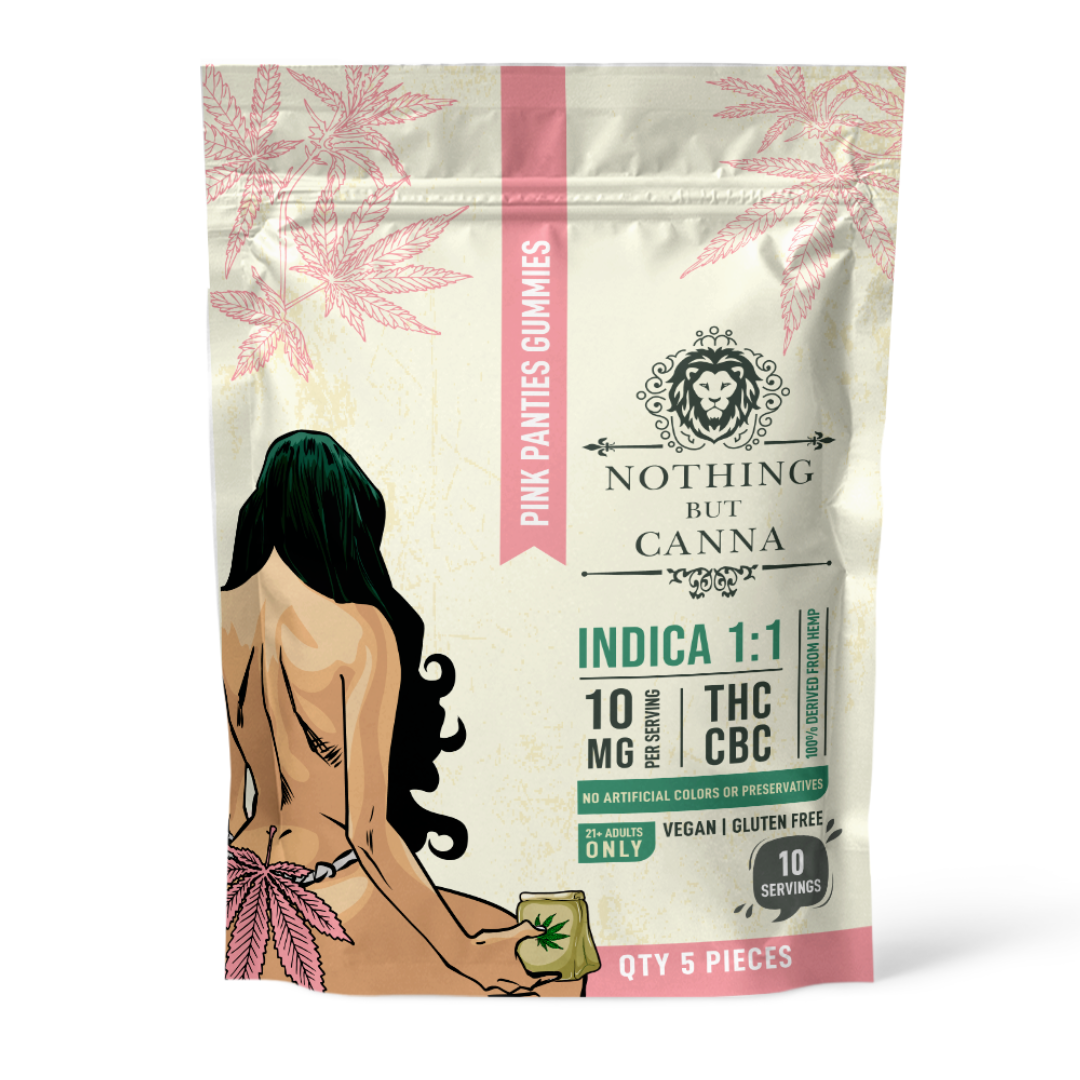
Wondering if a CBD cream, lotion or salve might be for you? In some cases, topical CBD may be more effective than taking CBD orally. As a general rule, topical applications show promise in cases where inflammation is isolated. Unlike CBD taken by mouth, the body doesn’t have to digest the CBD and you can apply right where it’s needed.
Inflammation-Based Skin Problems
The first three uses for topical CBD are for skin problems with underlying inflammation. The American Academy of Dermatology Association believes CBD’s anti-inflammatory actions may help people with:
- Acne
- Eczema
- Psoriasis
Dr. Jeanette Jacknin, a board-certified dermatologist, told the AADA that topical cannabis might work by reducing the inflammation associated with these diseases. Before using cannabis topically, it’s important to make sure the product comes from a reputable source. And those with sensitive skin should look at all of the ingredients in the product, to make sure they don’t react to a secondary ingredient in it.
In a separate study, patients with a rare blistering skin disorder reported anti-inflammatory and soothing effects from topical CBD. One patient was able to stop using opioid pain medication.
Still, more research is needed when it comes to topical cannabis.
“This is an area that has really exploded in recent years,” Dr. Jacknin told the AADA, “and I expect it to grow even more in the years to come.”
4. Painful and Stiff Joints
Noting that people with arthritis are among the top buyers of CBD-based products, the Arthritis Foundation said it is “intrigued by the potential of CBD to help people find pain relief and [went] on record urging the FDA to expedite the study and regulation of these products.”
The foundation noted that “CBD may help with arthritis-related symptoms, such as pain, insomnia and anxiety, but there have been no rigorous clinical studies in people with arthritis to confirm this.”
Like the skin problems listed above, CBD’s effect comes from reducing inflammation and helping to relieve pain. A 2015 study on rats concluded that topical CBD reduced inflammation and pain-related behaviors without evident side effects. The CBD application significantly reduced joint swelling and changes in posture related to pain. It also thickened the synovial membrane, a layer of connective tissue that helps lubricate the joints.
5. Peripheral Neuropathy
A 2020 randomized controlled trial demonstrated that CBD oil applied topically can relieve pain and discomfort in patients with peripheral neuropathy. Peripheral neuropathy is nerve damage that is felt as weakened or numb hands and feet, with associated pain. The topical CBD was also well tolerated, with no noted side effects.
The CBD is not believed to fix nerve damage. But as with inflamed joints or skin, a CBD lotion may help reduce any inflammation and soothe the pain that comes with damaged nerves.
Ready to Try Topical CBD?
As with other hemp-based products, there are no established guidelines for dosage or use. We recommend:
• Buying from a reputable brand, with verifiable lab results for potency and potential contaminants
• Starting with a low dose and slowly increasing until you see the desired result


























